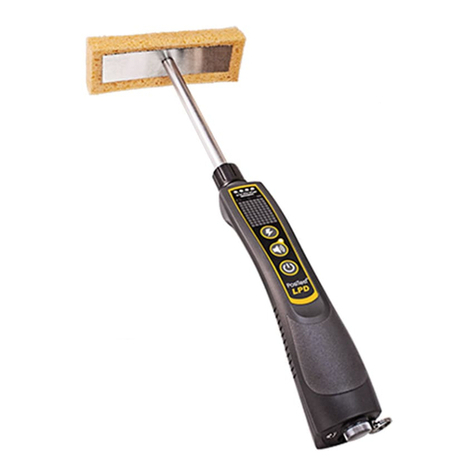DeFelsko PosiTest HHD C User manual




















Table of contents
Languages:
Other DeFelsko Security Sensor manuals
Popular Security Sensor manuals by other brands
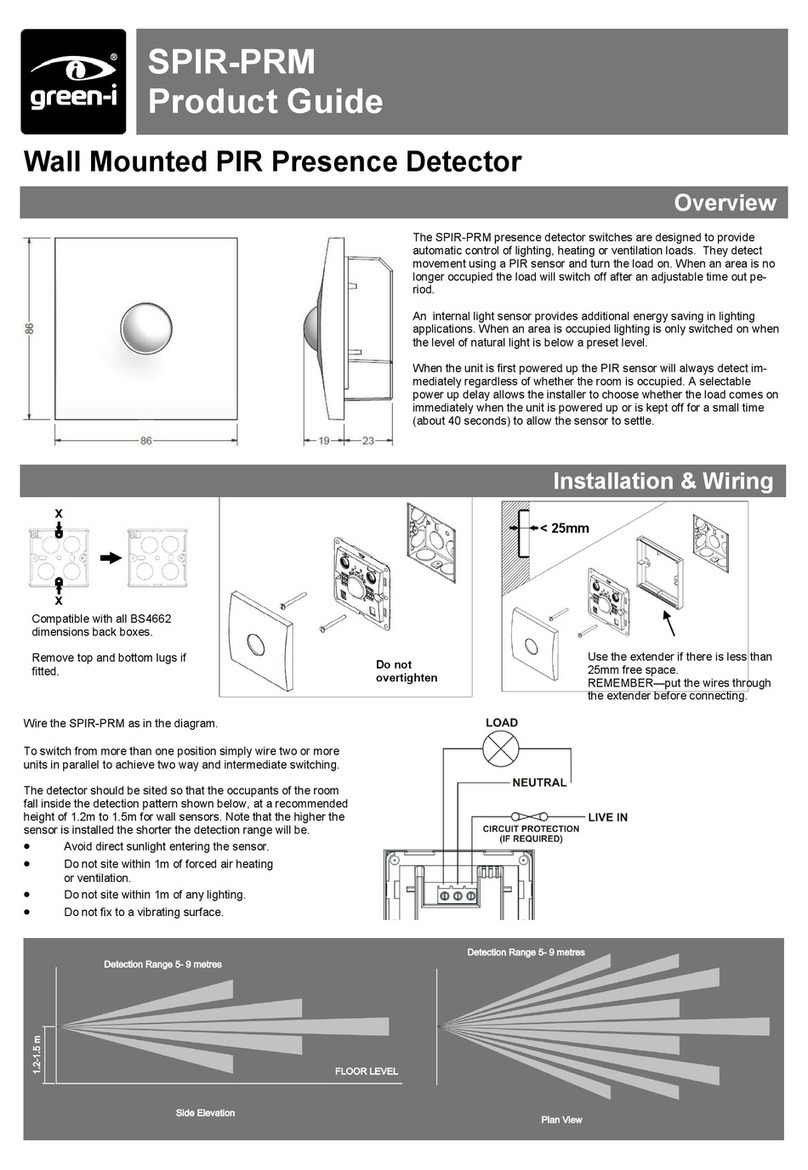
C.P. Electronics
C.P. Electronics SPIR-PRM Product guide
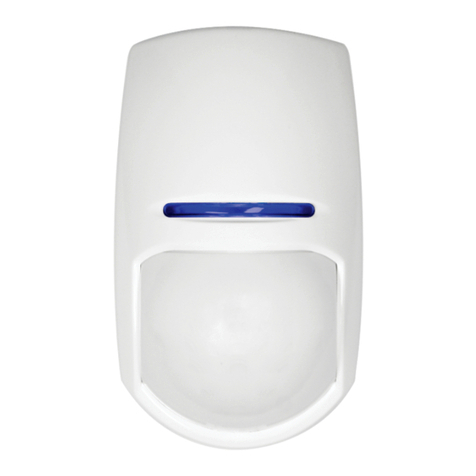
HIK VISION
HIK VISION DS-PD2-D12-W manual

HIK VISION
HIK VISION DS-PDTT15AM-LM-WB user manual
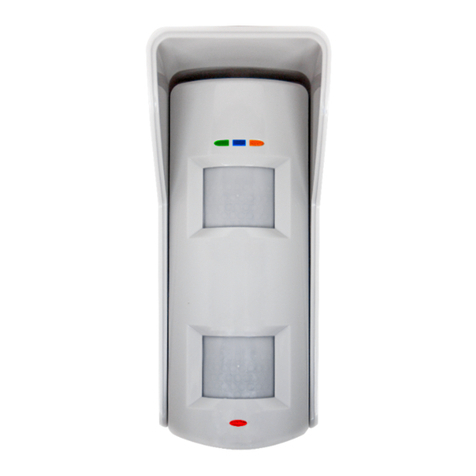
HIK VISION
HIK VISION DS-PD2-T10AME-EH quick start guide

Ono Sokki
Ono Sokki IP-3000 Operation manual
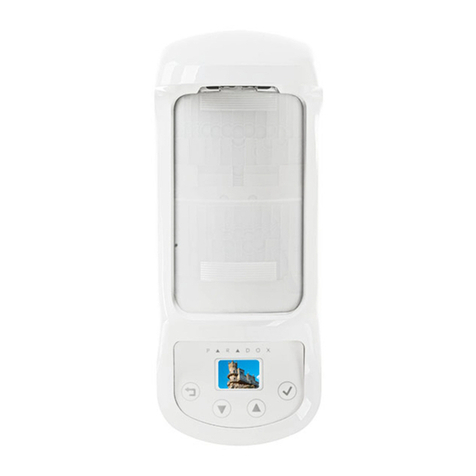
Paradox
Paradox ENVY NVX80 Reference and installation manual
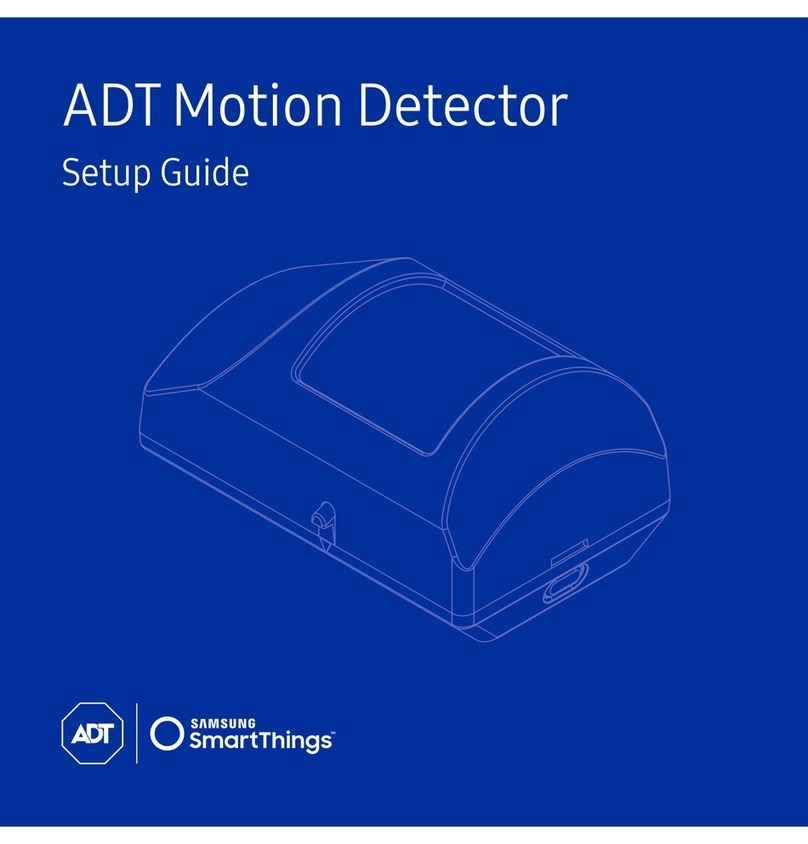
smart things
smart things F-ADT-PIR-1 Setup guide

Abus
Abus FUGB50000 manual
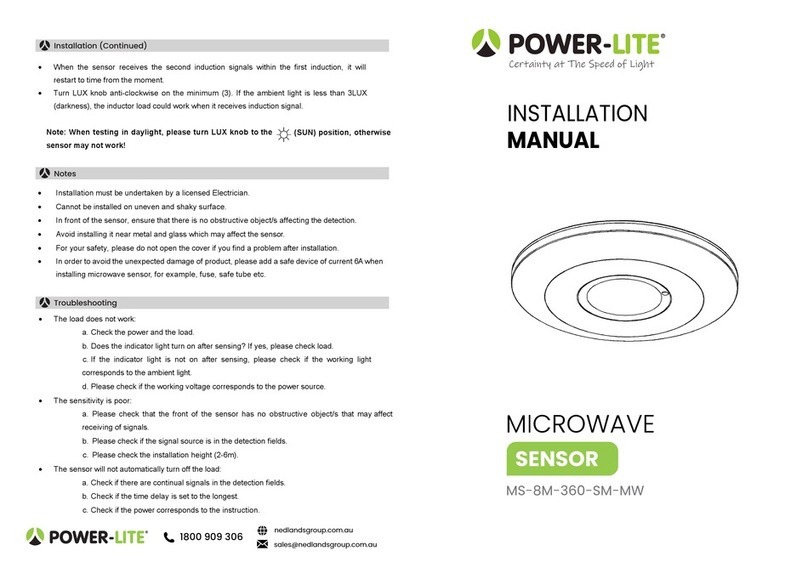
PowerLite
PowerLite MS-8M-360-SM-MW installation manual
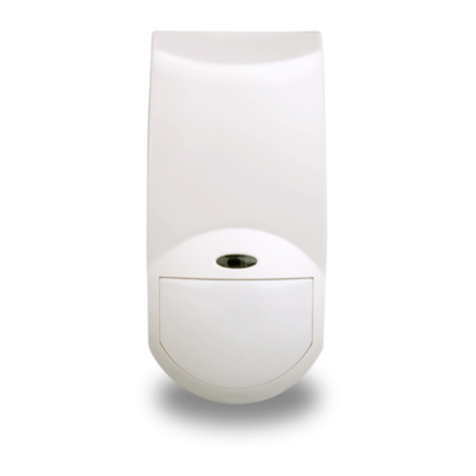
CROW ELECTRONIC ENGINEERING LTD.
CROW ELECTRONIC ENGINEERING LTD. NEO DT installation instructions
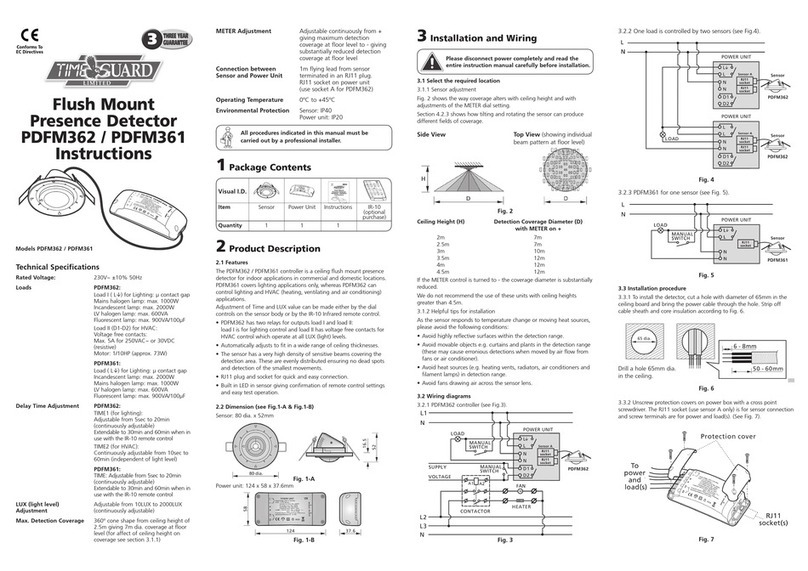
Timeguard
Timeguard PDFM362 instructions
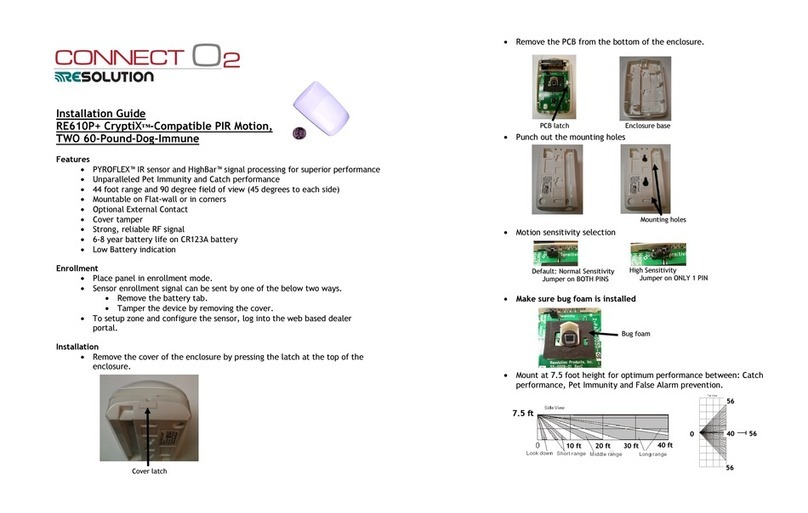
Resolution
Resolution Connect O2 RE610P+ installation guide
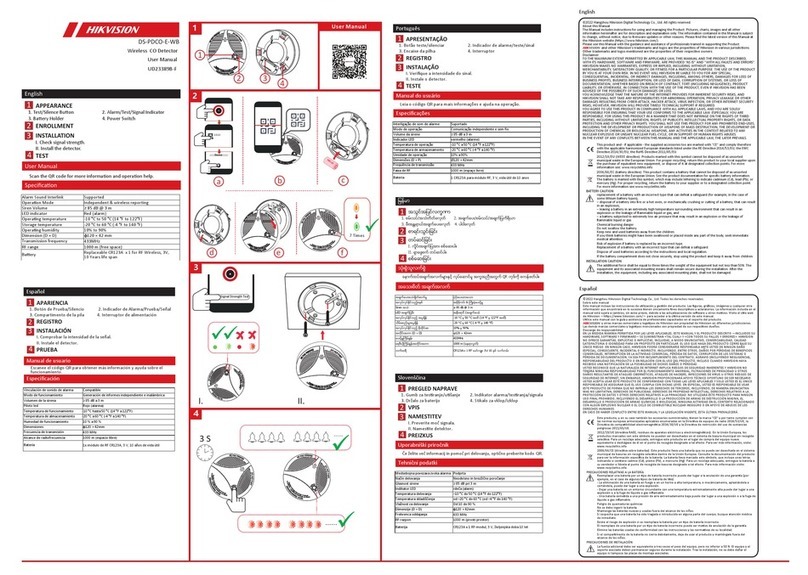
HIK VISION
HIK VISION DS-PDCO-E-WB user manual

Green Brook
Green Brook Orion Range manual
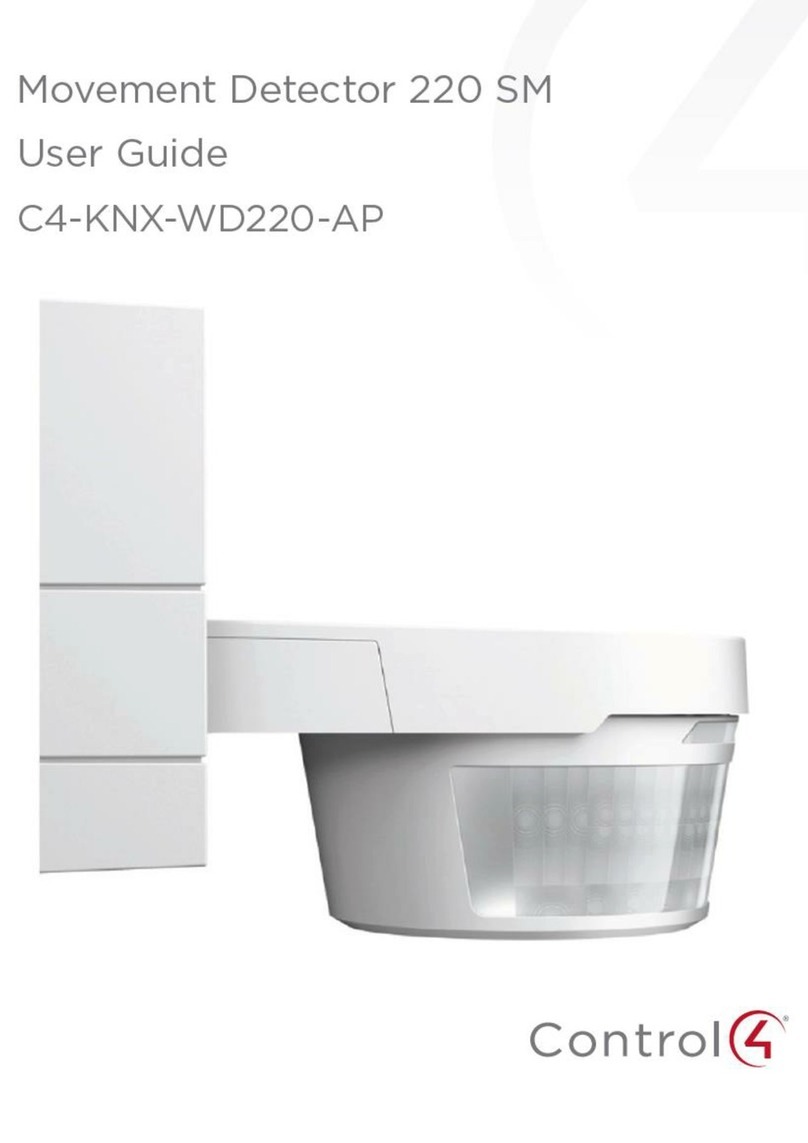
Contro l4
Contro l4 Movement Detector 220 SM user guide
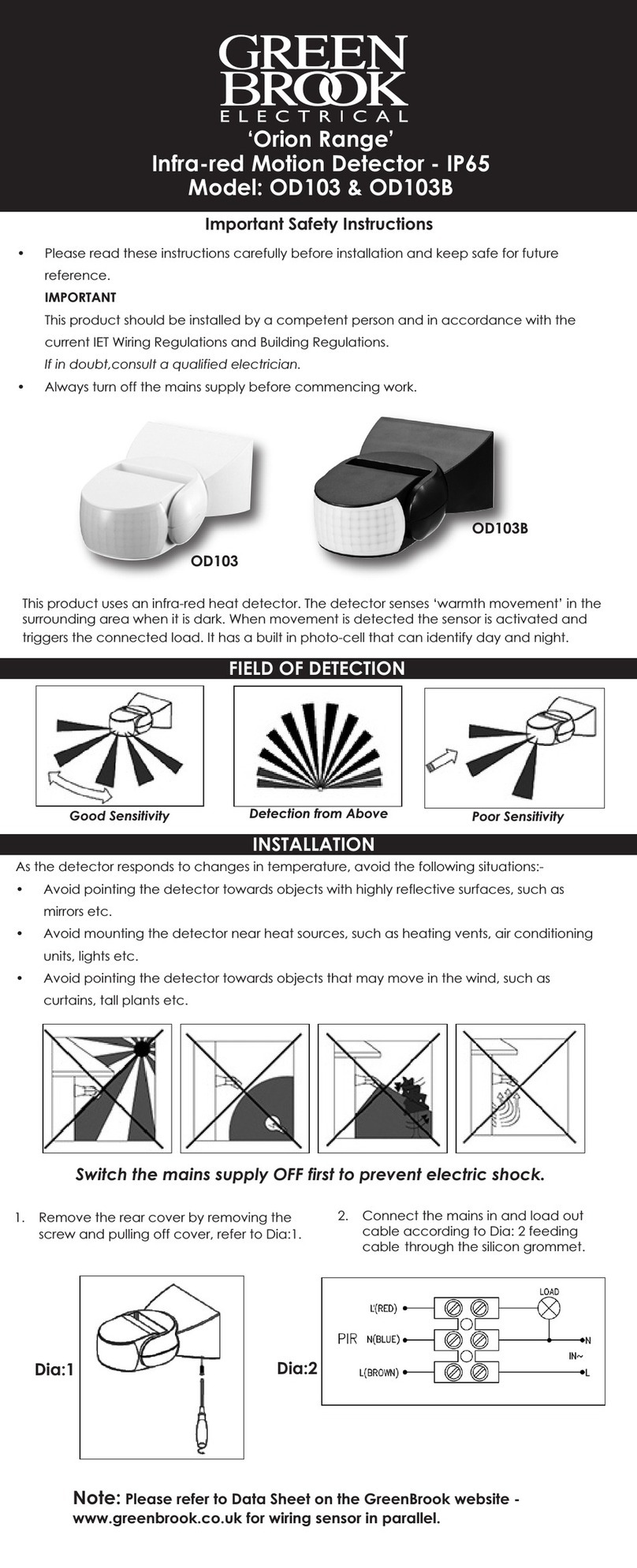
Green Brook
Green Brook Orion Range OD103 Important safety instructions
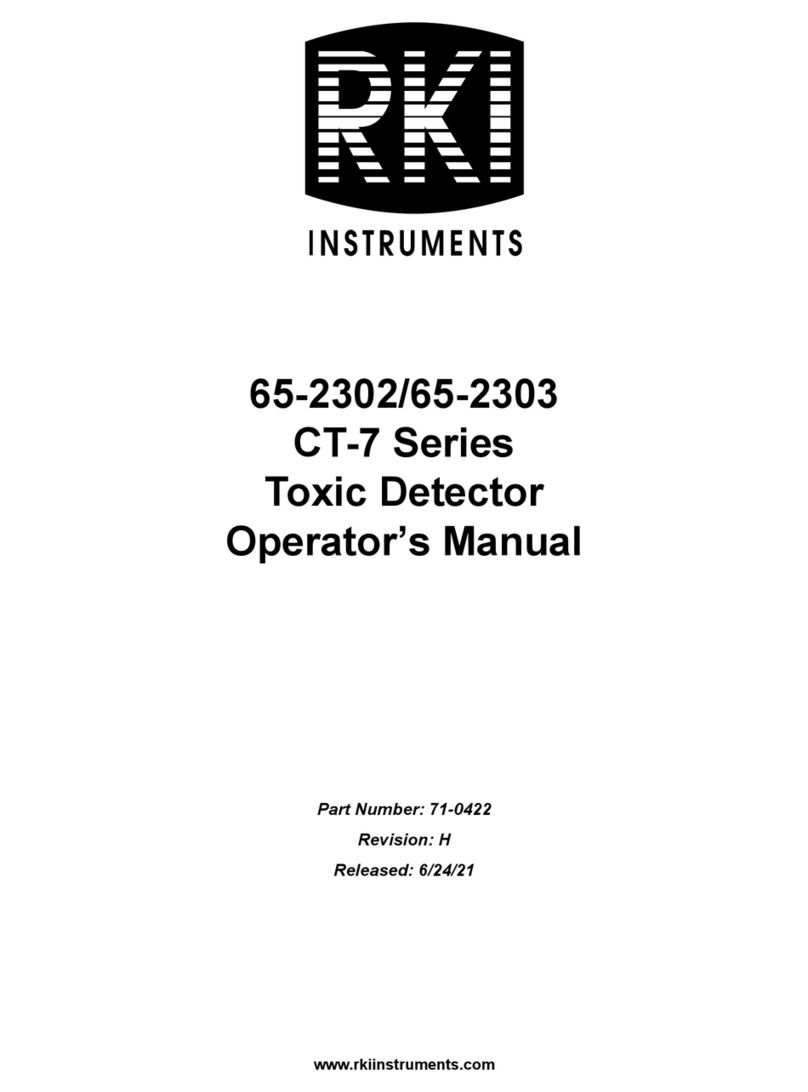
RKI Instruments
RKI Instruments CT-7 Series Operator's manual
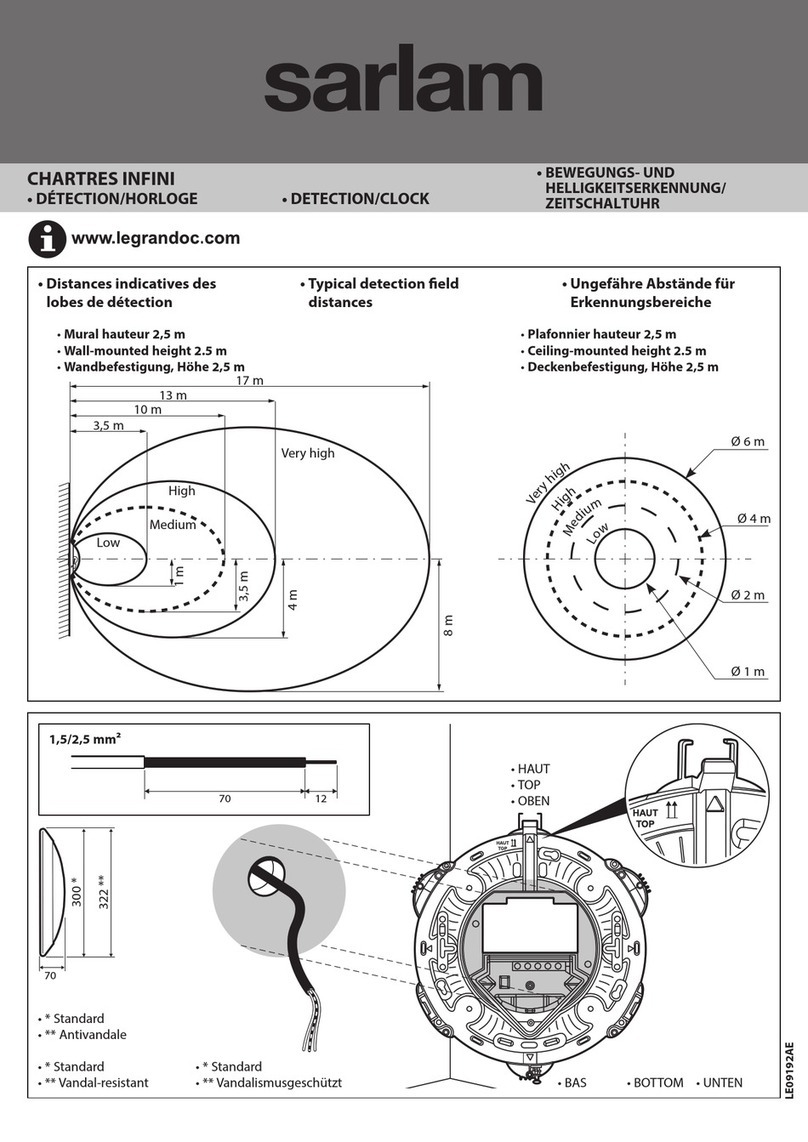
LEGRAND
LEGRAND SALARM SL532072 manual
